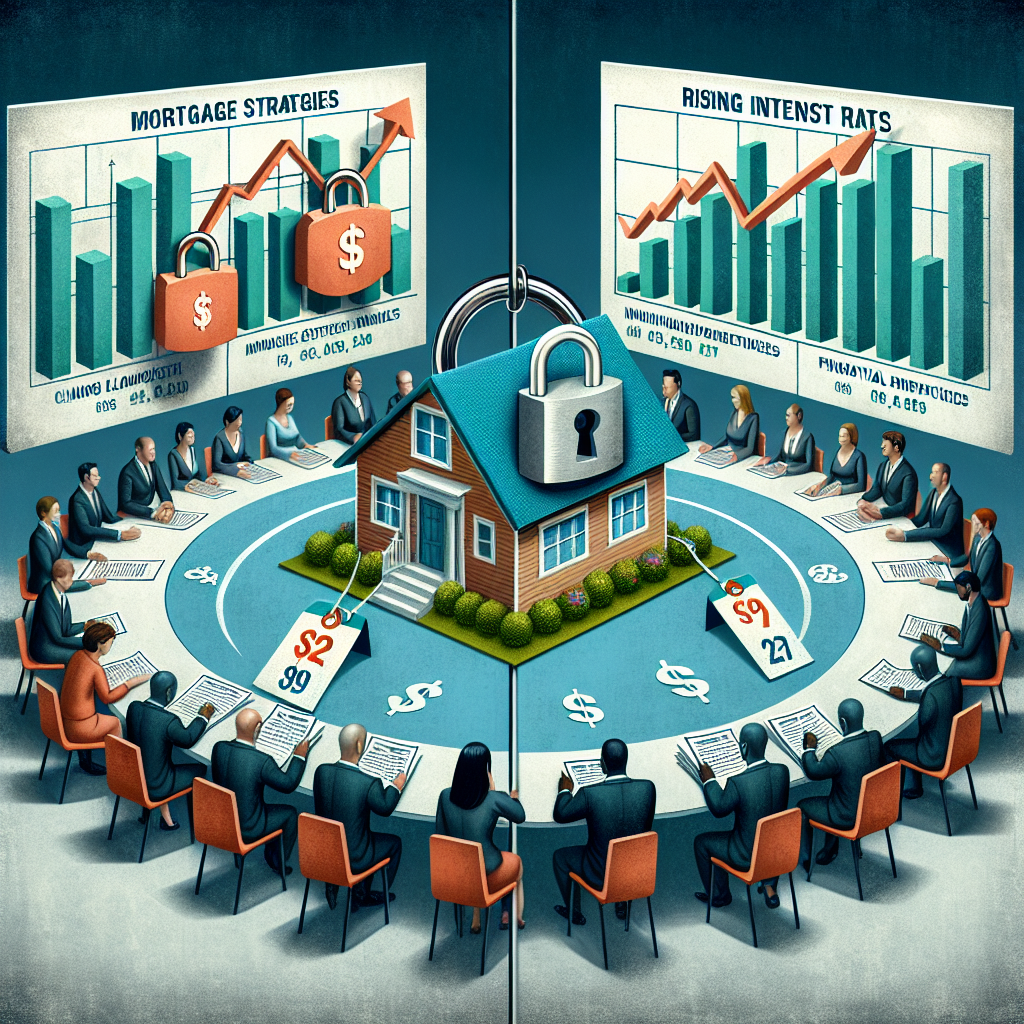The number of homeowners with mortgages who could likely qualify for and see at least a 0.75 percent interest rate reduction by refinancing has increased by around 550,000, due to the 30-year fixed rate falling to 4.55 percent as of the end of December, according to the Mortgage Monitor Report from Black Knight Inc.
[caption id="attachment_8962" align="alignright" width="339"] Homes over the past four months have experienced the slowest annual appreciation rates in about three years.[/caption]
Homes over the past four months have experienced the slowest annual appreciation rates in about three years.[/caption]
Although the number represents a relatively small share of outstanding mortgages, it’s a sizeable increase from recent lows in the size of the population that is eligible for refinancing, but a relatively small share of outstanding mortgages.
"As recently as last month, the size of the refinanceable population fell to a 10-year low as interest rates hit multi-year highs," said Ben Graboske, executive vice president of Black Knight's Data and Analytics division. “Even so, at 2.43 million, the refinanceable population is still down nearly 50 percent from last year. Still, the increase does represent a 29 percent rise from that 10-year low, which may provide some solace to a refinance market still reeling from multiple quarters of historically low--and declining--volumes.”
In fact, through the third quarter of 2018, refinances made up just 36 percent of mortgage originations, an 18-year low. And of course, as refinances decline, the purchase share of the market rises correspondingly. So now, in the most purchase-dominant market experienced in this century, the question is whether the shift in originations will have any effect on mortgage performance.
The short answer, based on historical trends, is that it bears close watching. Refinances have tended to perform better than purchase mortgages in recent years.
According to Black Knight, a market blend matching today's would have resulted in an increase in the number of non-current mortgages by anywhere from two percent in 2017 to more than a 30 percent rise in 2012, when refinances made up more than 70 percent of all lending.
The latest data from the Black Knight Home Price Index, shows that the flattening home-price growth over the last four months has led to the slowest annual appreciation rates in around three years. While the slowing has been observed across the majority of the country, western states--led by California--are seeing the most deceleration.
The annual rate of appreciation in California has slowed from over 10 percent as recently as February 2018 to less than 5 percent as of October 2018, falling below the national average for the first time since the housing recovery began. Washington's decline has been similar, though it remains above the national average. Appreciation there has fallen from 12.4 percent annually in February to just 7.5 percent as of October.
| Total U.S. loan delinquency rate: | 3.71% |
| Month-over-month change in delinquency rate: | 1.78% |
| Total U.S. foreclosure pre-sale inventory rate: | 0.52% |
| Month-over-month change in foreclosure pre-sale inventory rate: | -0.22% |
| States with highest percentage of non-current* loans: | MS, LA, AL, AR, WV |
| States with lowest percentage of non-current* loans: | ID, CA, WA, OR, CO |
| States with highest percentage of seriously delinquent** loans: | MS, LA, AR, AL, TN |
*Non-current totals combine foreclosures and delinquencies as a percent of active loans in that state.
**Seriously delinquent loans are those past-due 90 days or more.
Totals are extrapolated based on Black Knight’s loan-level database of mortgage assets.










